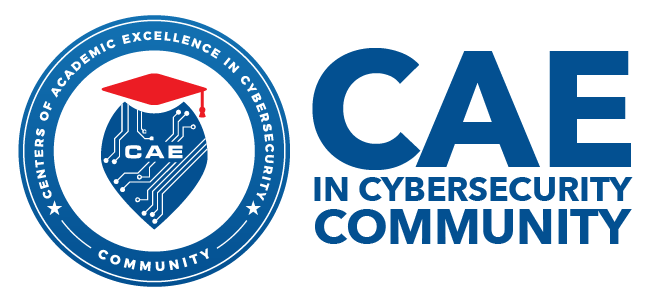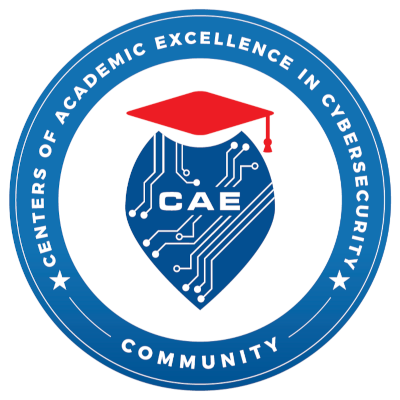Employers are citing a significant disconnect between the needs of their organizations and what higher education institutions are turning out in their cybersecurity-related education programs, with only 23 percent believing that college graduates are fully prepared to enter the cybersecurity industry with a certain knowledge set and applicable technical skills. One recent response from a major corporation to a request for information issued by NICE indicated that “the current [education] environment does not provide a common baseline set of skills from which to build the role-specific knowledge necessary to meet employer workforce requirements.
Problems in Matching to Internships: For a student without meaningful work experience, the only document is a university transcript that usually only contains the course information (i.e., name, number, credit hours) and accompanying letter grades along with the current and cumulative GPA, but they fail to provide specific information about the actual skills or rigor used to obtain that grade. The content and difficulty of each course can vary widely among institutions. Students cannot simply hope to stand out to employers based on their grades alone because universities lack normalized standards for the rigor of content in each course. Employers require a more work-skill specific transcript that matches the needs of the job specification.
The primary issue when hiring new graduates into the industry is correctly matching employer needs with student skills. For example, employers need web socket programming, or React API or Java Spring Boot but do not know how to measure the rigor of the skill. In this fast pitch, we present a workforce Readiness (WRT) transcript (we are building by crawling through the Canvas) tailored to the individual student with a quantifiable substantiation of preparedness for employment as a cybersecurity professional that includes a match percentage to an advertised internship and missing skills.

